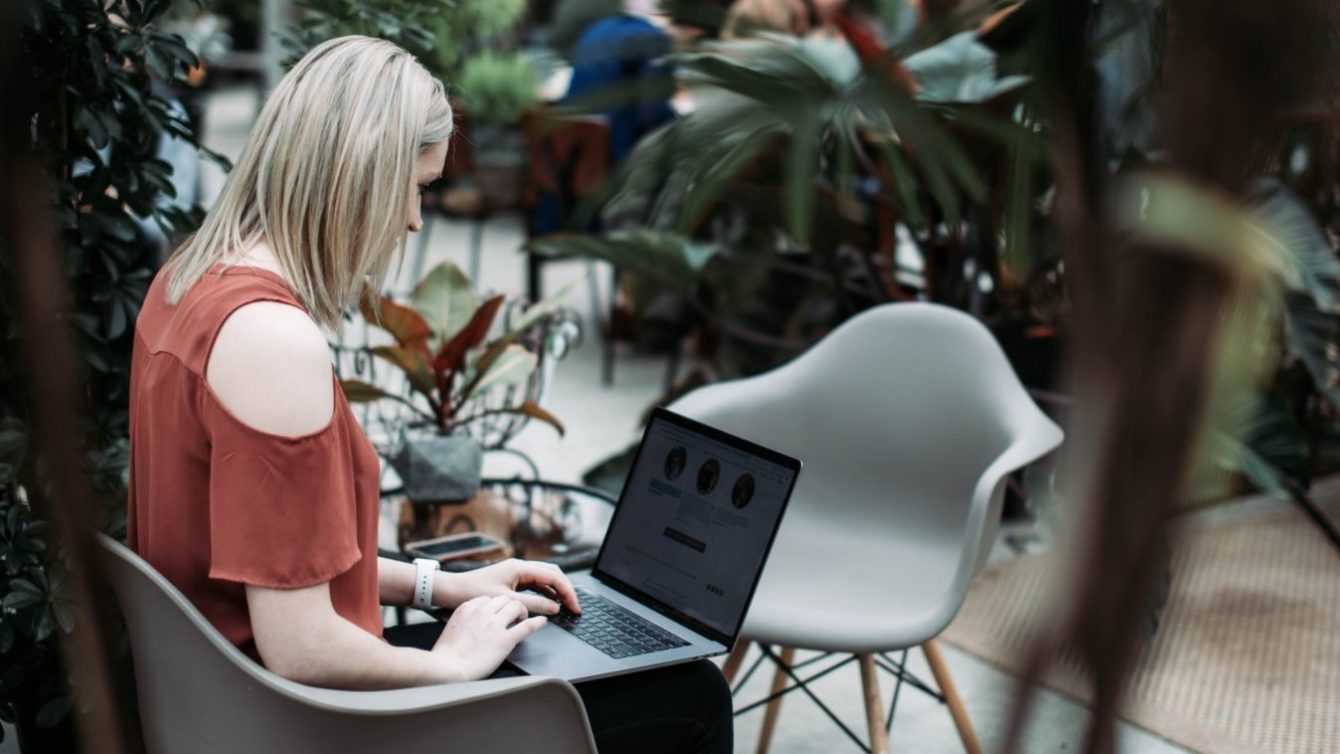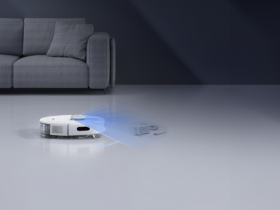In Europe, work is becoming more and more flexible: Samsung’s new “Hybrid Living Futures” research confirms that newfound freedoms are prioritized over being in the office
Samsung Announces Hybrid Living Futures Results a pan-European research developed in collaboration with The Future Laboratory, which takes a picture of how European citizens have adapted to an increasingly hybrid lifestyle – where physical and virtual are increasingly integrated both in professional and private life – and on the impact of this new way of life on the future of homes and workplaces.

Samsung: lo studio “Hybrid Living Futures”
The study, which involved over 14,000 people across Europe, including Italy, reveals that conventional patterns of personal and working life are now outdated. In fact, it emerges a more agile workforce, driven by the desire for more flexible shifts, shorter workdays and concentrated hours, that fills the void left by the traditional working day. Experts in flexibility, workers take advantage of all the moments at their disposal, regaining control after a period in which they have experimented and tried new ways of working to dictate their own rhythms and routines.
86% of those who have adopted a hybrid lifestyle no longer want the traditional work model based on timetables. Percentage in line also in Italy (83%), with 17% who instead would like to return to the traditional 9-18 hours. The percentage of those who prefer to stick to traditional timetables drops to a minimum in Germany (7%), Sweden (11%) and Poland (12%). Meik Wiking, founder and CEO of The Happiness Institute, who partnered with Samsung to probe the future of business models, explains:
As flexibility enters our lives and the boundaries with “presentism” become blurred and not well defined, people seek guidance to find the right balance between productivity and well-being at a time when the hybrid lifestyle brings out a series of challenges.
Hybrid life on the one hand, the danger of the always-on on the other
Over half of the Italian respondents, 55%, declare that thanks to a hybrid lifestyle they have seen an increase in the number of hours of free time, dedicated to the family in 47% of cases and for 43% spent exercising. The new lifestyle has also made it possible to significantly improve the quality of some aspects of everyday life, including family time, relaxation, and productivity. To adapt to the hybrid life, four out of five Italians have made improvements in their homes, or plan to do them, to better embrace all that the new daily life requires of us. To adapt to the changes underway, technology has certainly proved to be an excellent ally. For seven out of ten Italians, in fact, technology has helped them adapt to the new routine.

Spending more time at home has turned European workers into equilibrists as they have been called upon to perform real acrobatics in managing work and home (30%). In Greece and Italy, respectively 41% and 40% of workers find themselves juggling home and work at the same time. In France and Denmark, on the other hand, the percentage of those who claim to have to manage these duties in parallel is 36% and 35% respectively, considering that French consumers are in second place among those who have received support from their employer to facilitate the separation between personal and professional life, thanks to initiatives ranging from reminder to disconnection to the provision of portable technology, while Danish consumers are in the first place in having created new spaces in the home to respect borders.
If on the one hand, however, at the European level the interviewees showed great mastery in the art of the hybrid lifestyle, on the other hand, one in five (18%) struggle to disconnect from work and over a quarter (26%) have the impression of working non-stop or late in the evening, while there is 41% of people who use the time saved on trips to do housework. In Italy, among the detractors of agile work (11% of respondents), 51% declare that this new method encourages the culture of “always on”.

A look to the future with Samsung
To cope with the pressures exerted by the culture of the always-on, around three out of five European workers (57%) are still looking for a way to establish a boundary between their personal and professional life; this figure rises to three quarters (74%) if Spanish workers are considered and falls to just over two in five (46%) in the United Kingdom. The Italian percentage is in line, which stands at 56% of the total. Smart technology is trying to bridge this gap and make connections where there weren’t. Research shows that new technologies have helped 65% of workers in Europe to adapt to new routines, a percentage that rises to 72% in Italy, while more than half (51% in Europe vs. 53% in Italy) said they use technology to establish new boundaries and regain control over their lives.
However, despite these efforts, 83% of European workers (84% in Italy) are still looking for a more effective technology and more support from the employer for managing this new way of life and work. The report also reveals the importance of our homes in the process of adapting to the hybrid lifestyle and respecting borders. 80% of Italians (vs. 66% of Europeans) have made improvements to their homes, or are planning them, to facilitate the hybrid lifestyle; 42% (vs. 48% of Europeans) even created new spaces in the house to adapt it to a more hybrid lifestyle and finally 44% (vs. 41% of Europeans) decided to move, choosing a more suitable property to the needs of this new lifestyle.

Benjamin Braun, Chief Marketing Officer of Samsung Europe, comments:
This is a crucial issue for companies to act correctly on the hybrid lifestyle front. The report highlights that workers now feel empowered to put their own needs first and, with the gradual easing of restrictions globally and increased mobility, companies have no choice but to gear up to meet the challenge. The pandemic has exacerbated our reliance on technology to carry out activities that until recently were analog and now that “presentism” has gone out of date, employers must think carefully about how to meet the demands for a lifestyle. more hybrid.
Meik Wiking, CEO of The Happiness Research Institute, adds:
Smart technology has helped Europeans juggle personal and professional life, so much so that one in five already uses the Internet of Things and smart devices, yet there is still room for improvement. Looking ahead, technology is likely to take on the task of monitoring not only our physical well-being, but also our mental health and happiness, and that smart devices will become our ‘well-being assistants.
To all those workers who wish to establish firmer boundaries between home and work life and would like to manage the hybrid lifestyle better, Meik offers a series of useful tips.
1.Il “brain brushing” bhutanese
Bhutan is famous for the attention it is given to Gross Internal Happiness. So if we want a happier work routine, we should copy the practice of brain brushing. It is a short and simple mindfulness exercise with which students start and end their days at school in Bhutan, during which, remaining in silence, you focus on your breathing for five minutes and identify simple ways to disconnect from the constant buzz of work. When you are done working, get rid of computers and related accessories: while you are resting, your brain does not have to remind you of all your commitments.
2. Friends for lunch to chase away loneliness as in France
Working from home can make you feel lonely in some cases, so follow a meal practice suggested by the French: eat in the company of other people. Invite neighbors over for lunch on Fridays or plan a virtual lunch with a friend you’ve been planning to see for months. A lunch with friends certainly lifts the mood and morale. The same happens when you schedule activities and appointments in such a way that you know exactly what has been done in a given week, while keeping the lines between work and private life clear.
3.The borders? You establish them!
If you are a manager or entrepreneur, set a good example by setting boundaries in the workplace. This can be done in different ways, for example through a virtual sign with the words “Do not disturb”. Even working from home can be interrupted by unnecessary phone calls, Zoom meetings, emails and notifications. Think you can compress complex tasks that require your full concentration in the 17 minutes between replying to a series of time-wasting messages and the next Zoom meeting? Hard. Instead, encourage employees to take time from time to time to keep noise away.
Even if you are an employee, you can still set boundaries. Add a line to your email signature as a reminder that you don’t need to send an immediate reply to the message, considering that everyone works at different hours. For example, if you send an e-mail message at 9pm, the recipient’s local time, you shouldn’t be surprised if the reply arrives 12 hours later. Even at home, delimit your workspace so that those who live with you are aware of it and know when you don’t want to be disturbed.
4. Do as the Dutch do
There is a saying in Holland that it is better to have a good neighbor than a distant friend. People find it more enjoyable to live in neighborhood settings that are regularly involved in certain activities. So, as we spend more time at home, we could imitate the Dutch by celebrating “Good Neighborhood Day” and interacting more with our local communities. The Dutch have devised Good Neighborhood Day to bring local people together, exchange kindness, share food, play and get to know each other. Thanks to the myriad of connected devices, today it is possible to recreate the same conditions by organizing a coffee on a video platform, ordering food to share or watching a film together.
5. Immerse yourself in nature through the Japanese practice of Shinrin-yoku
It is associated with the hybrid lifestyle the opportunity to work from anywhere, a great way to boost your happiness levels. A constant fact that emerges from research on well-being …















Leave a Reply
View Comments